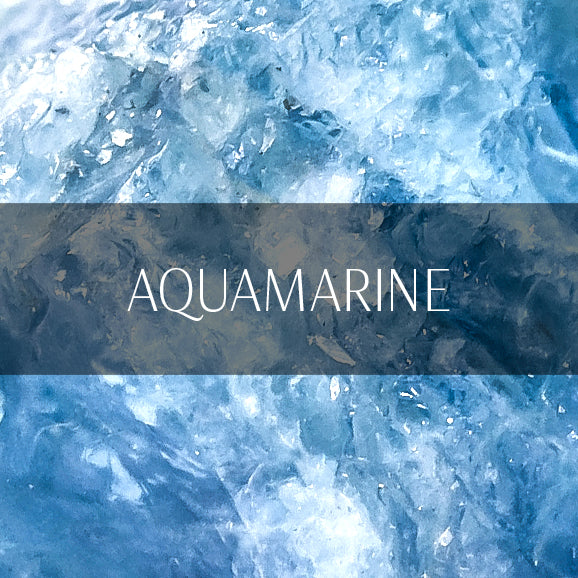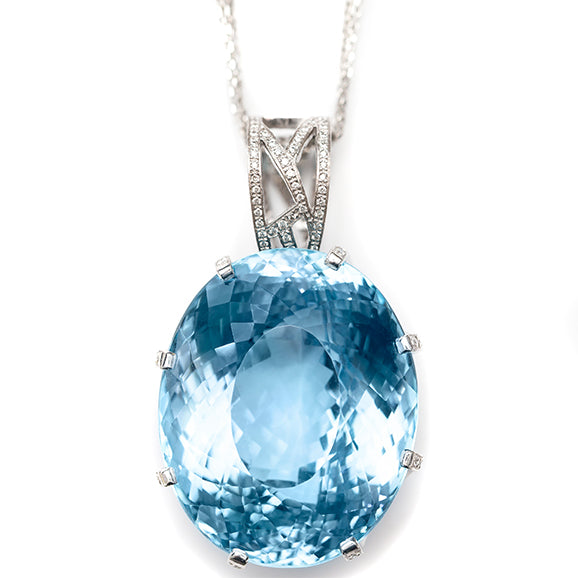Aquamarine Part Of A Family Of Gems
Aquamarine is a member of the beryl family of stones; other members of the same group are emeralds, golden beryl, goshenite, morganite and red beryl. All these crystals gain their colour from impurities in the stone. Beryl itself can be completely transparent and, in the 13th century was used to make spectacles.
Beryl, the crystal that is the basis of aquamarine is made of beryllium aluminium cyclosilicate that has formed into crystals under heat and pressure. Some crystals can be huge.
The blue colour in aquamarine comes from trace amounts of iron. Dark aquamarine gems called maxixe can be faked by bombarding green, pink or yellow beryl with radiation.
Aquamarine is found in most places where beryl is found. Large deposits of aquamarine crystals can be found in Sri Lanka, Brazil (noted for green-yellow tints), natural maxixe comes from Madagascar, several states in the USA produce aquamarine, and significant deposits come from Colombia, Zambia, Malawi, Kenya and Tanzania.
The best aquamarine gems are from Brazil where the colours tend to be the highly prized deep blue.
Choosing And Using Aquamarine In Jewellery
Almost all aquamarines used in jewellery have been treated with heat at about 430 degrees. The effect of heat treatment is to make the colour of the gem darker and reduce any yellow-green tones.
Aquamarine can be cut into most shapes and sizes; however, the most popular cuts are emerald cut followed by oval and pear shapes. Hardness is 7.5-8 on the Mohs hardness scale making it suitable for most kinds of jewellery and most occasions. If used as a ring stone, it is worthwhile to have the gem refinished every few years to bring the sparkle back to the same as when originally purchased.
Because the colour of aquamarine flatters all skin colours the gem is very popular; particularly lovely are pieces such as earrings and necklaces due to their closeness to the skin.Taking care of your aquamarine jewellery is not difficult. Just wash the pieces in warm soapy water and agitate with a soft toothbrush. Do not use hot water as too hot water might cause cracking or even splitting. Also, avoid ultrasonic cleaners. In use, try to avoid getting hairspray and cosmetics on the stones.
Such a lovely stone, none of us can avoid thinking of sunny skies and warm, clear blue seas when we see an aquamarine. Our associations with aquamarine are universally positive, so it makes a perfect jewellery gift whether on a birthday or some other special occasion.


